Christchurch city guide podcast
[box type=”alert”]Please note: this podcast hasn’t been updated since the 2010-11 earthquakes. Christchurch is still open for business and tourism, but some things below have changed, and some areas of the city are still closed.[/box]
Christchurch, known as the Garden City, is the largest city in the South Island of New Zealand, and the second-largest city in the country. It’s a beautiful place to visit due to its location near both coast and mountains, and because of the prevalence of gardens throughout the city. Its English heritage is very apparent – the cathedral watches over the main square and the River Avon (yes, named after Shakespeare’s Avon) snakes lazily through the central city. It’s easy to get in and out, with its international airport, and it’s the main gateway to the rest of the South Island.
To listen, hit play below or find episode 143 in iTunes, Stitcher or Soundcloud:
Layout
The central city is laid out in a grid surrounding Cathedral Square. Some of the roads are one-way, which makes driving through the city a bit of a challenge sometimes, but the CBD is easily walkable. A few minutes’ walk from the square is sprawling Hagley Park, and a short bus ride east is New Brighton Beach.
If you drive to the south-east, you’ll hit the Port Hills, which are the gateway to the port town of Lyttleton, and the airport is located in the north-west of the city.
Fact box
Name: Christchurch, New Zealand
Place: On the east coast of the South Island, NZ
Population: 370,000
Languages: English
Known for: Gardens, the river Avon, Antarctic expeditions
Temperatures: Summer: 12–23°C, winter 2–12°
Airports: Christchurch International Airport
Price of a pint: NZ$5-$8
Price of a dorm bed: NZ$20-30
Price of a public transport ticket: NZ$2.80 for one trip, $4.20 for all-day pass
Accommodation
Christchurch has a range of accommodation options, from the basic to the high-range. There are a lot of interesting and quirky hostels, such as the Jailhouse Hostel, which is situated in an old prison. Although you can book through Hostelbookers and Hostelworld, many hostels in New Zealand are affiliated with BBH (Budget Backpacker Hostels), so buying a BBH card will probably save you money in the long term. BBH publishes a yearly brochure listing all of their affiliated hostels, pick one up at the first BBH hostel you stay at.
Among the mid-range, Hotel SO stands out as the best value for money (and we’re not just saying that because they’re sponsoring this episode – you may have heard us raving about them in previous shows). The price is extremely affordable, comparable to a double room in a hostel. Each room is equipped with a bed, tiny bathroom and other hotel facilities, but the hotel also boasts features like a guest kitchen and lounge, a gym, and a cafe/bar downstairs. There’s a range of rooms, but the double room for a couple is the best value.
Otherwise, there are a wide range of motels and hotels to choose from, both in the city centre and on the outskirts. You can often find a cheaper rate on sites like wotif.com, which lists a staggering number of hotels – just check that the hotel you’re booking is in a location that’s convenient for you.
Food
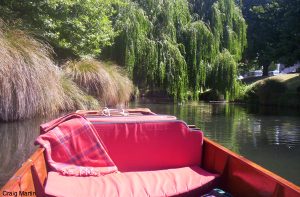
Kiwis tend to eat at home for breakfast, have a light lunch of a sandwich and some fruit, and dinner is the main meal of the day. If you’re on a budget, stock up at a supermarket (Pak ‘n Save is cheapest) and have a picnic in one of the many parks. There’s also a fair bit of street food around – Cathedral Square boasts food vendors througout the year.
Another typical Kiwi lunch is the meat pie. Drop into a bakery and choose between steak and cheese, bacon and egg or more adventurous options, and eat it outside with a lot of tomato sauce. It should only set you back about $3. Fish and chips are very also cheap, so find a local chippie and eat in the park with lots of tomato sauce and a can of L&P (a Kiwi soft drink).
And of course, you have a wide range of mid and high-range eateries to choose from. Many display their menus in the window, so just stroll along “the strip” by the river (Oxford Terrace) or other city-centre streets until you see something that catches your eye.
Transport
Christchurch’s transport network is quite good, and trumps Auckland’s in that there is an integrated ticket. It’s mostly buses though there is a tram that runs through the city centre – it’s more of a tourist attraction though, and the price reflects this.
When arriving in Christchuch, you can catch bus 3, 10 or 39 into the city for $7.50. There are also a couple of privately run bus operations that will bring you in for a similar price, and of course you can also take a taxi.
Getting around the central city can mostly be done on foot or bike, though if you want to venture further afield the bus is inexpensive. Most of the time a one-way cash fare will cost $2.80, though journeys into zones 2 and 3 (which are quite far away really) cost $4 or $5 each. If you’ll be using the bus more than twice, pick up a Metrocard from the Bus Exchange – single rides go down to $2.10 and a daily pass for zone one is only $4.20. Plus, it’s a smart system – you tag on and off and it works out the fare for you.
Check out the Metro website for more information.
Attractions — free

The city itself has a lot of beautiful old buildings to admire, including the imposing cathedral right in the centre. The square outside the cathedral is the heart of the city, and buzzes with stalls, food vendors, the Wizard and buskers.
The “cultural precinct” includes many free attractions, including the museum, the Art Centre and the Art Gallery, which are all centrally located.
Attractions — seasonal
There’s a lot going on in Christchurch througout the year, with many activities taking place outdoors.
In summer, there are a lot of free events in Hagley Park, mostly music but also a lot of sports and arts events. In January is the International Buskers’ Festival, when the buskers hit town for two weeks and perform throughout the city for your entertainment. There’s a Festival of Flowers in February and the Ellerslie Flower show is in March. There’s also a Lantern Festival to celebrate Chinese New Year in February, as well as farmers’ markets throughout the summer.
In the winter months, the biggest celebrations are the Arts Festival and Carnival Week. The Arts Festival is a collection of theatre performances, and Carnival Week is centred around horse racing but has something for everyone. Lyttleton also hosts a Festival of Lights in midwinter.
Plus, other events take place throughout the year, including Fashion Week, Wine and Food festivals, and sporting events. Check out bethere.co.nz to see what’s going on while you’re in town.
Attractions — paid
Christchurch is a great city to cycle around, so if you can get your hands on a bike, go for it. Otherwise you can hire bikes in the Port Hills and at Mclean’s Island (among other places) for mountain biking, and many hostels will hire or lend you bikes for use around the city. There’s also a bike tour company that will show you around the city.
Christchurch is the jumping-off point for many Antarctic expeditions, so it’s appropriate that there’s an Antarctic centre here. It’s quite expensive at almost $50 apiece, but it is an experience.
We really enjoyed punting on the Avon, though it’s not the most exciting of trips, and the tram ride is a good introduction to the city — it takes you around the centre. Keeping with the theme of transport, the gondola up the Port Hills gives some spectacular views. You can all three of these for $50, or purchase separate tickets.
If you’re interested in history, Ferrymead Heritage Park ($10 adult) is worth a visit, and there are lots of other museums to choose from, such as the Air force museum and Science Alive. The Aquarium in Cathedral Square ($11) also has a Kiwi house, as does Willowbank Wildlife Reserve ($16).
Guidebooks
Of course Christchurch gets a useful writeup in books focussing on New Zealand, including Frommer’s, Lonely Planet and Rough Guides. But guidebooks specifically for Christchurch are little thin on the ground, if you want more detail just on this city.
Off-beat Guides have a Kindle guidebook, and you can download and print the Christchurch and Canterbury chapter of Lonely Planet’s New Zealand, but other than that you’ll get the best information in a full New Zealand guide. If you’re only going to the South Island, choose LP’s South Island guide.
Where to next?
The South Island is your oyster from Christchurch. If you’ve arrived by plane, the easiest way to get out of the city is to buy or hire a car and head south. You can explore the southern part of the South Island very quickly in ten days, but you really need at least three weeks to immerse yourself properly. Head down to the Catlins forest park via the Moeraki Boulders and Oamaru, then spend a few days in Dunedin. Don’t miss the beauty of Queenstown and Wanaka, and head into the Milford Sound for a cruise or to walk the famous Milford Track. Visit a glacier and see the Pancake Rocks on the West Coast, then cut across back to Christchurch for your flight out.
You can also drive north through Kaikoura (stop there for whale-watching) and catch the three-hour ferry across to the North Island. It’s a beautiful trip, and not too expensive.
If you’re leaving by plane, you can fly to almost any regional airport in New Zealand, though you should definitely visit Auckland or Wellington if you haven’t already. International flights from Christchurch head to the East Coast of Australia, Singapore, Japan, and a couple of Pacific Island nations, so take your pick for your next destination.

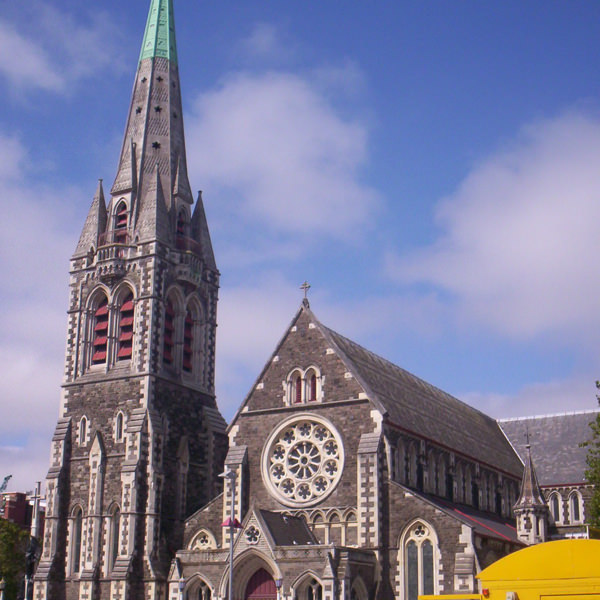
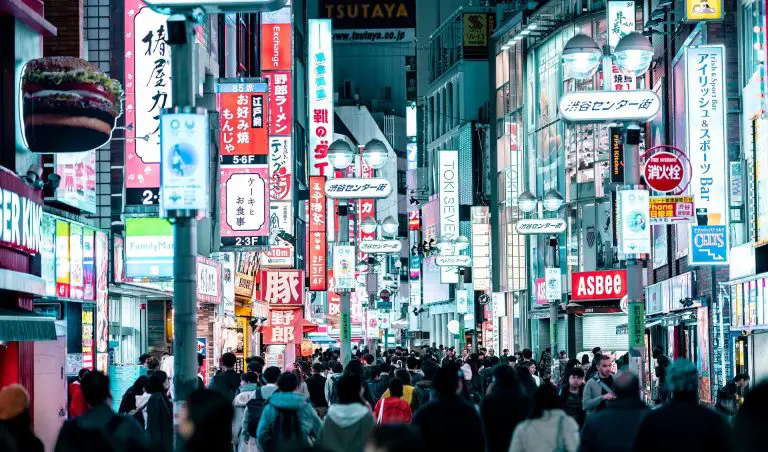
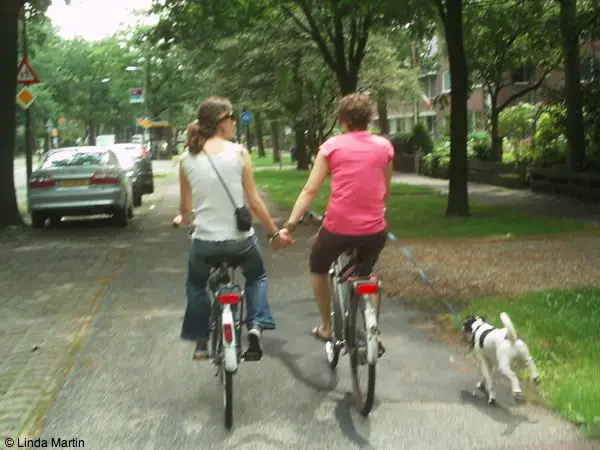
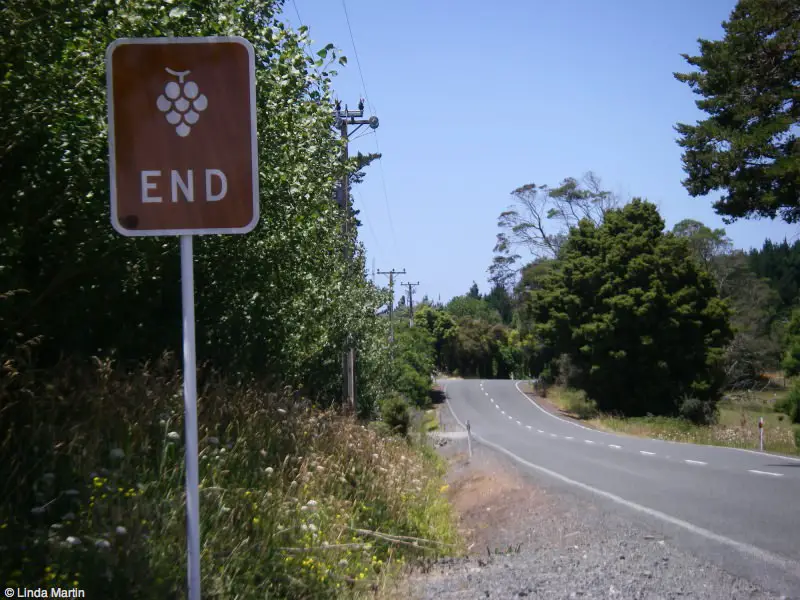
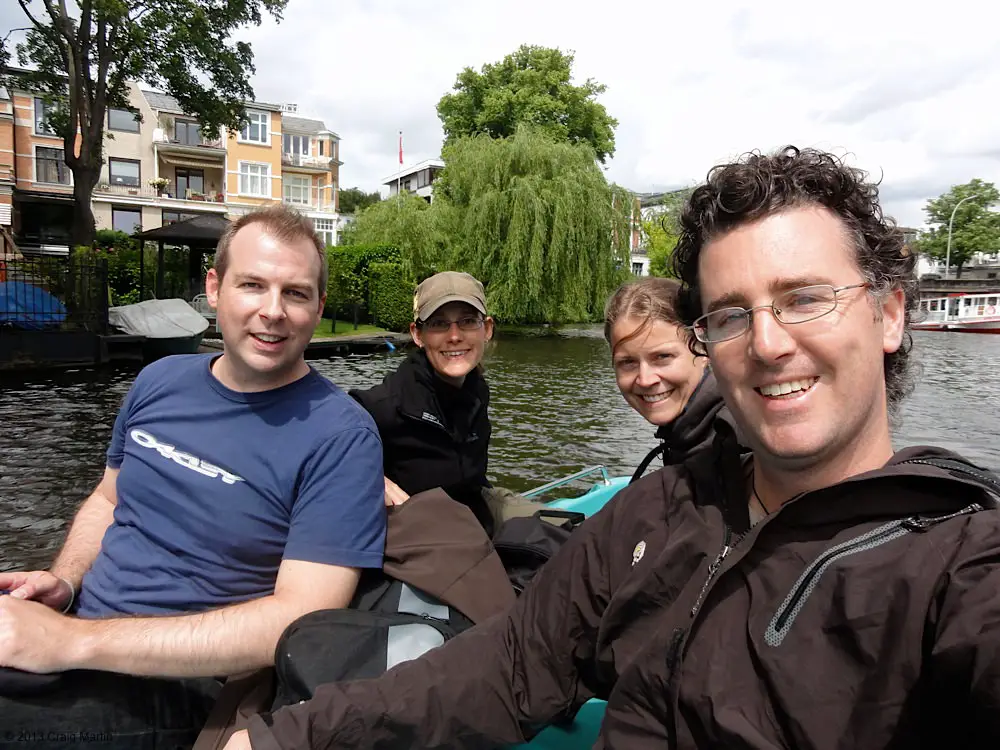
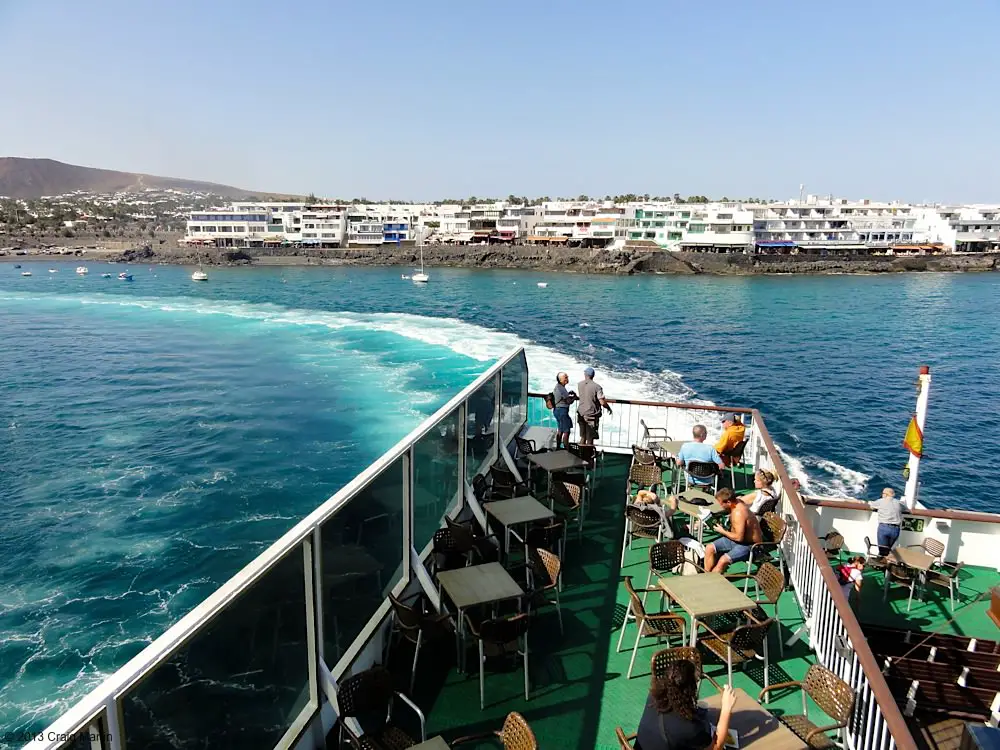
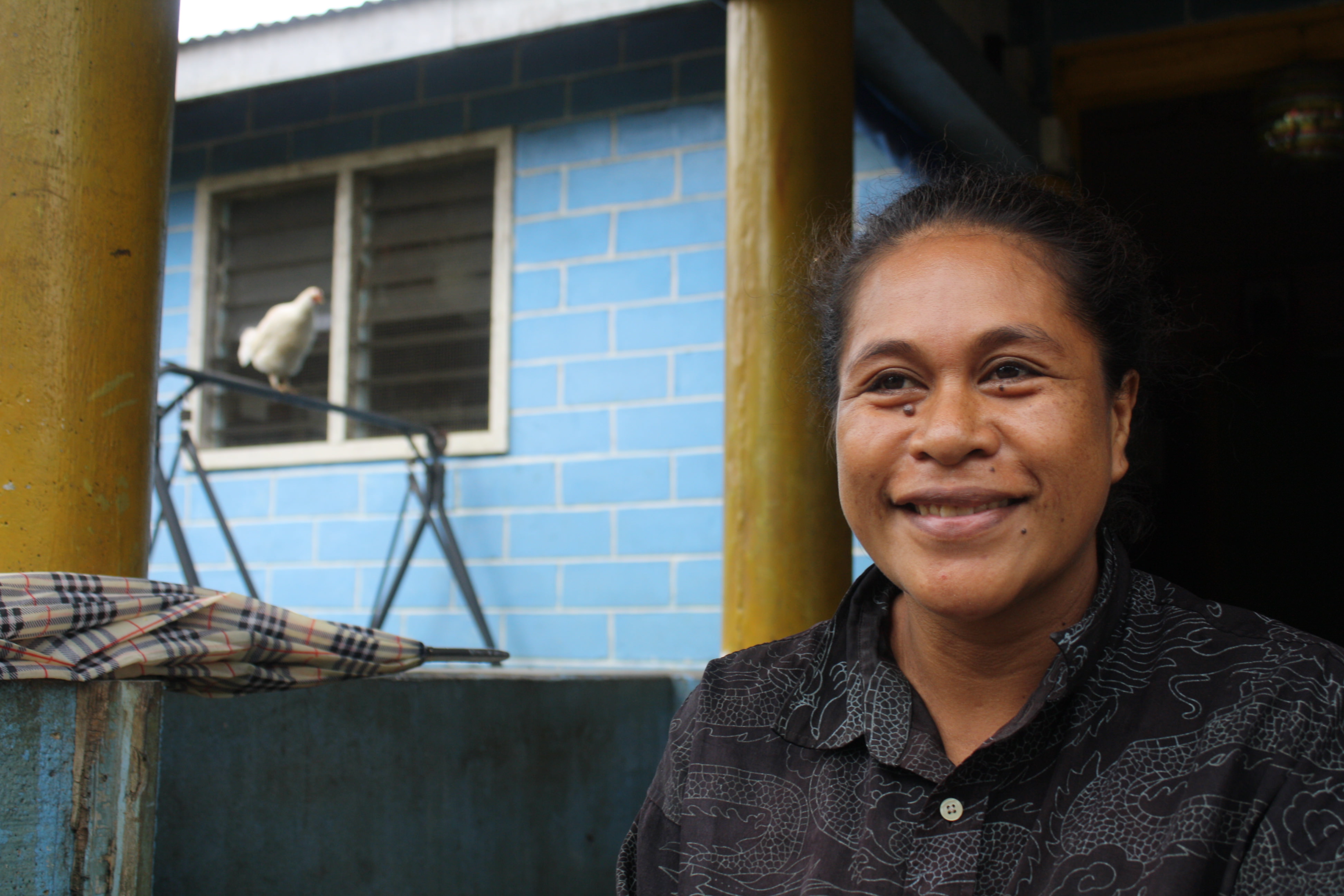
Useful post, thanks. We live in Wellington, which we love as most places in the city is in walking distance. We haven’t tried Christchurch yet though. I’ve heard it has a more traditional, conservative culture. Is that true?
Cheers,
Bob.
Hi Bob, I don’t know if that’s quite true but it often seems that way. It’s a little less stressed than Wellington can be and, adding that to the colonial architecture makes it feel a little olde-worlde at times. That said, it’s still a really modern, exciting place too.
Great, thanks for the reply!
We hope to travel to the south island this year, so I’ll be looking forward to see for myself 🙂
Cheers,
Bob.
Excellent, let us know how you go.